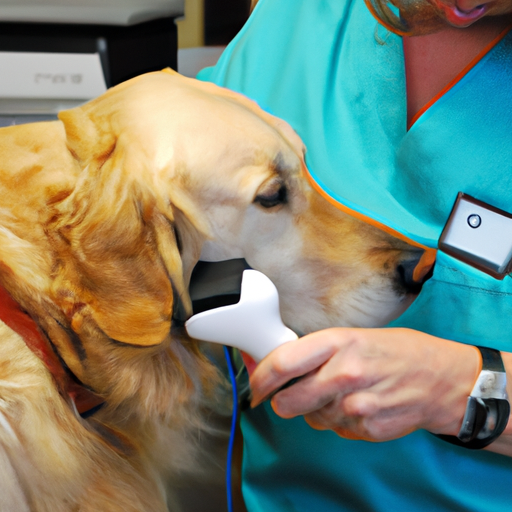As a dedicated caregiver, you’re always looking for ways to ensure your furry friend’s safety. One such method gaining popularity is the use of microchips in dogs. Let’s delve deeper into this topic.
Why Microchip Your Dog?
Firstly, it’s important to understand the ‘why’ behind microchipping your dog. Your dog is a cherished member of your family, and like any family member, their safety is paramount. Microchipping provides an extra layer of protection, in case they ever go missing.
- Microchips are a permanent form of identification. Unlike collars and tags, they can’t fall off or be removed.
- They can significantly increase the chances of a lost pet being reunited with its family.
- They’re small, about the size of a grain of rice, and the procedure to implant them is quick and painless.
The Microchipping Process
The process of microchipping a dog is straightforward:
- A trained professional uses a special syringe to insert the microchip under the dog’s skin, typically between the shoulder blades.
- The microchip contains a unique identification number.
- This number can be read by a scanner, which most vets and animal shelters have.
Costs Involved
The cost of microchipping a dog can vary based on location and service provider. Here’s a rough estimate:
| Service | Price |
|---|---|
| Microchip implantation | $25 – $50 |
| Microchip registration | $10 – $20 |
Note: Most microchips require a one-time registration fee, but no ongoing costs.
The Role of Microchip Registries
Microchip registries play a crucial role in reuniting lost pets with their families. Once your dog is microchipped:
- Register the microchip with a pet recovery service. This ensures that when the microchip is scanned, the scanner can access your contact information.
- Keep your contact information up-to-date. If you move or change your phone number, update your information with the registry.
Potential Risks and Complications
While microchipping is generally safe, like any procedure, there are potential risks and complications:
- Some dogs may experience mild discomfort or swelling at the implantation site.
- In rare cases, the microchip may migrate from the original implantation site.
- There’s a very small chance that the microchip may fail or become unreadable.
Frequently Asked Questions (FAQs)
-
Can I track my dog with the microchip?
No, microchips are not GPS devices. They can only provide identification information when scanned. -
Can the microchip be removed?
It’s possible, but it’s a surgical procedure and not typically recommended. -
Does microchipping hurt the dog?
Most dogs experience minimal to no discomfort. The process is similar to receiving a vaccination. -
At what age can a dog be microchipped?
Puppies can be microchipped as young as six to eight weeks old. -
Can I microchip my dog myself?
No, it should be done by a trained professional to ensure correct placement and minimal discomfort.
In conclusion, microchipping your dog is a simple, relatively inexpensive, and potentially lifesaving procedure. As a caregiver, it’s certainly worth considering for your beloved canine companion.



